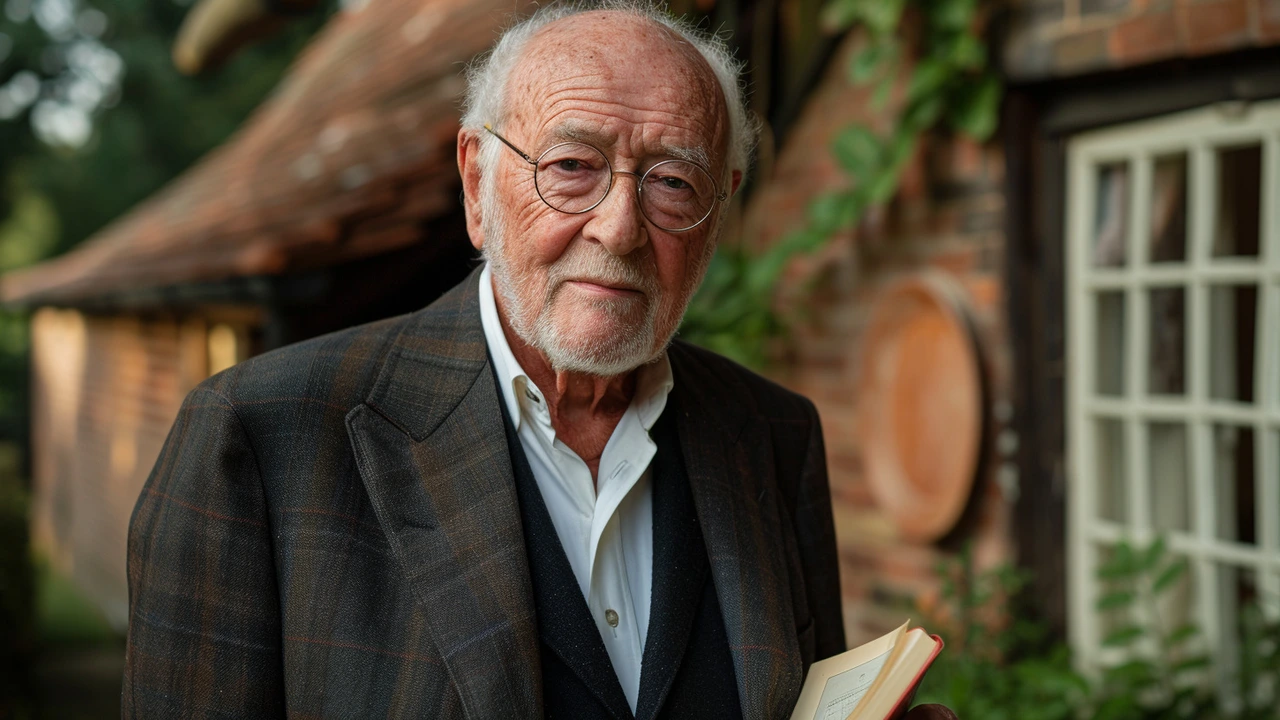Enduring Legacy: How Historic Architecture Still Shapes Modern Design
Roman concrete still holds up after two millennia. That blunt fact shows why the past matters: old buildings aren’t just pretty—they’re design lessons and working tech we keep borrowing. From Roman arches to Gothic spires, Byzantine domes to Beaux-Arts facades, historic styles keep turning up in parks, courthouses, homes, and even subway stations.
When I say “enduring legacy,” I mean the parts of a style that get reused, copied, or inspire new ideas. Think materials that last, structural tricks that solve real problems, and visual rules—like symmetry or scale—that make spaces feel right. You can spot these threads in Colonial homes that borrow classical balance, in Greek Revival columns that still signal civic power, or in Craftsman details that prioritize sunlight and simple joins.
How to spot an enduring legacy
Look for repeated solutions rather than ornaments. An arch that redirects weight is a Roman idea that appears everywhere from bridges to modern shopping centers. A dome that crowns a public hall is a Byzantine move echoed in government buildings. Ask three quick questions when you see a building: What problem did this solve? Which earlier building looks like it? What practical feature could a modern designer borrow?
Examples help. Gothic Revival brought pointed arches and vertical emphasis to 19th-century churches; today architects use that same vertical drama in modern civic buildings to create a sense of awe. Beaux-Arts taught architects about grand circulation—big staircases and formal approaches—which still guides museum and train station design. Spotting these patterns trains your eye faster than memorizing dates.
Use and preserve classic elements today
If you’re renovating or designing with legacy in mind, start practical: keep key proportions, protect original materials, and add modern systems invisibly. For homeowners, that can mean retaining a gambrel roof on a Dutch Colonial Revival house while upgrading insulation. For developers, adaptive reuse—turning a Beaux-Arts bank into apartments—respects character and saves embodied energy. Work with a conservation-minded architect and check local preservation rules early; small choices like matching mortar or retaining original window rhythms make a big visual difference.
Preservation isn’t museum work. It’s local planning, smart materials, and respect for old problem-solving. When you travel, use your phone camera as a study tool: photograph arches, cornices, and stair flows. On the next project, borrow one clear idea—a rhythmic column spacing, a durable stone detail, or a daylight strategy—and adapt it to modern needs. That’s how an enduring legacy keeps working: specific ideas, reused thoughtfully, not pasted on as decoration.
Want more examples? The tag collects posts on Roman engineering, Gothic Revival, Byzantine mosaics, Beaux-Arts conservation, and more—each shows a different way the past keeps shaping what we build next.

The Enduring Legacy of Tudor Architecture
Well, hello there architecture enthusiasts! Let's take a time travel trip back to the 16th century, where the Tudor style was all the rage! Alright, it's no secret that this architecture style has left a long-lasting legacy, right? I mean, those charming half-timbered houses, steeply pitched roofs, and unique diamond-shaped window panes are so unforgettable! It's like a fairytale! It's no wonder that this architectural style is still replicated today. So, hats off to the Tudors for giving us a style that’s enduring, enchanting, and oh-so-elegant!
Read more